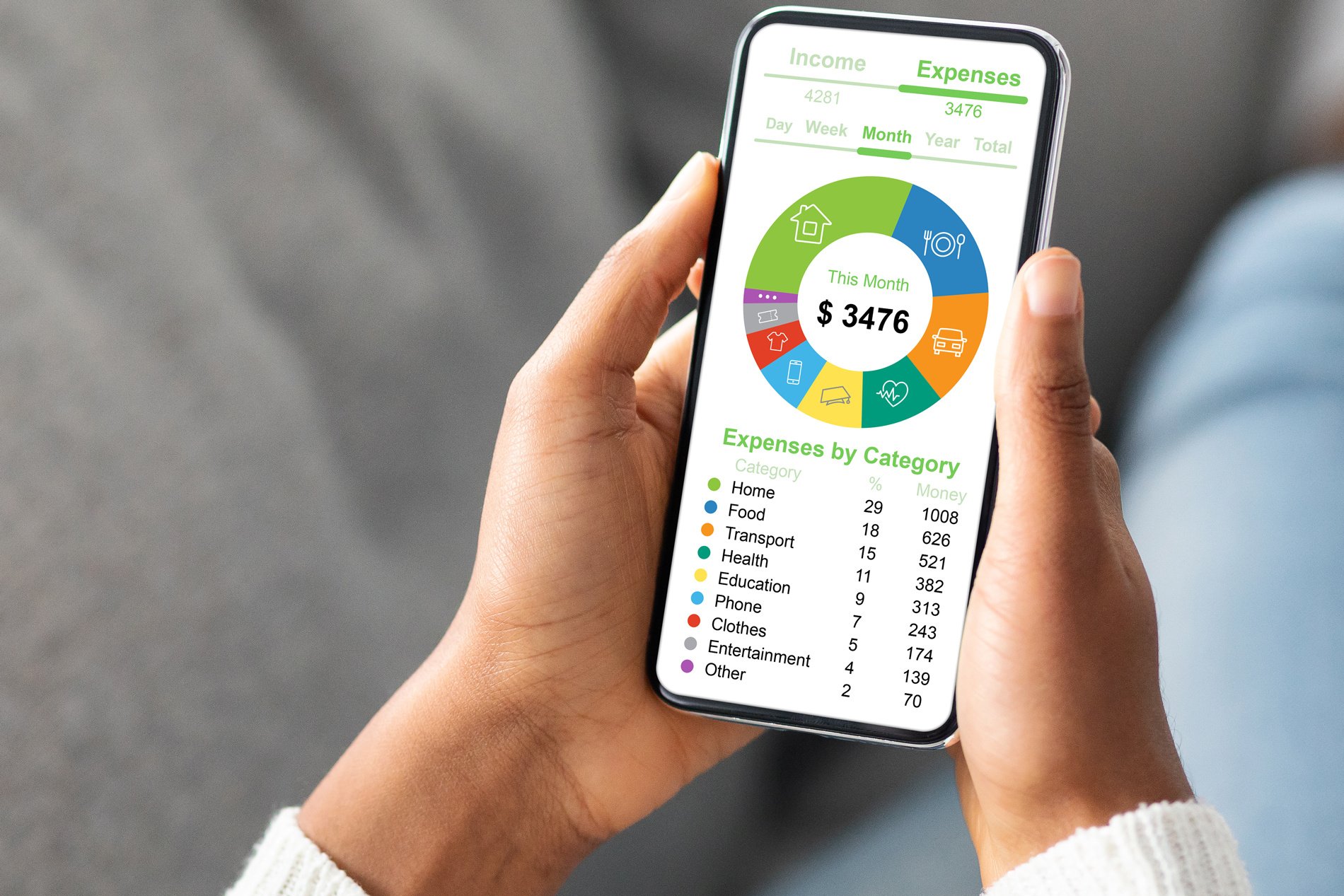Not All Debts are Considered Equal

Not all debt is created equal when it comes to looking at the money you owe. There is absolutely good debt and bad debt, and the difference matters. Check out our lists below for some examples of good vs. bad debt.
Good Debt
Essentially, “good” debt is one that offers you clear benefits regardless of whether or not the purchase is physically tangible, like a long-term investment. Here are a few more examples:
- Mortgage: In most circumstances, a mortgage is considered an optimal choice for good debt. Buying a home is not only a smart decision in the short term, but as time goes on, the equity you build up can positively impact your financial situation down the line. As for the short-term benefits, there can potentially be an immediate payoff—the interest may be tax-deductible.
- Student Loans: Yearly college tuition is expensive, and most Americans are unable to afford that annual cost from the get-go. However, taking out a loan for your undergrad, graduate, or higher education can be a long-term investment into your future. Additionally, student loans tend to fall at a lower interest rate.
- Auto Loan: If public transportation isn’t readily available to you, a car is a daily necessity for work commutes and day-to-day tasks. In that case, a car loan may be what you need in order to secure your transportation. Make sure you price out if a used model or a new model is right for you. However, be aware that auto loans can also find their way into becoming bad debt.
Bad Debt
Another way to look at the difference between good debt and bad debt is as deferred v. instant gratification. Is this debt benefitting you in the long-term or is it just a quick fix? If it’s the latter of two, it’s likely bad debt.
- Credit Cards: Regardless of whether it’s a major credit card or a store credit card, this is a well-known example of bad debt. With higher interest rates and minimum monthly payments that are deceptively small in the beginning but multiply over time, using that plastic card for big-ticket items can place restrictions on your financial freedom if you’re unable to pay your balance in full.
- Cash Advances: Also known as payday loans, these cash advances run with an extremely high-interest rate plus an additional fee. They’re the ultimate quick fix, are difficult to get out from under easily, and should be avoided as much as possible.
- Auto Loan: As previously mentioned, auto loans are considered both good and bad debt. Although they’re not inherently bad debt, interest rates on auto loans can be quite high, especially if your credit isn’t strong. Fortunately, there’s a relatively easy way to keep your auto loan on the good debt list instead when buying a car: make as large of a down payment as you can afford to keep potential high-interest payments as low as possible.
At the end of the day, as long as you’re using your chosen debt for long-term benefits, future enrichment, and net worth, there’s a strong chance your debt won’t be considered “bad.”
With many homeowners having record levels of equity, you may be able to do a cash-out refinance to pay off higher interest consumer debt.


